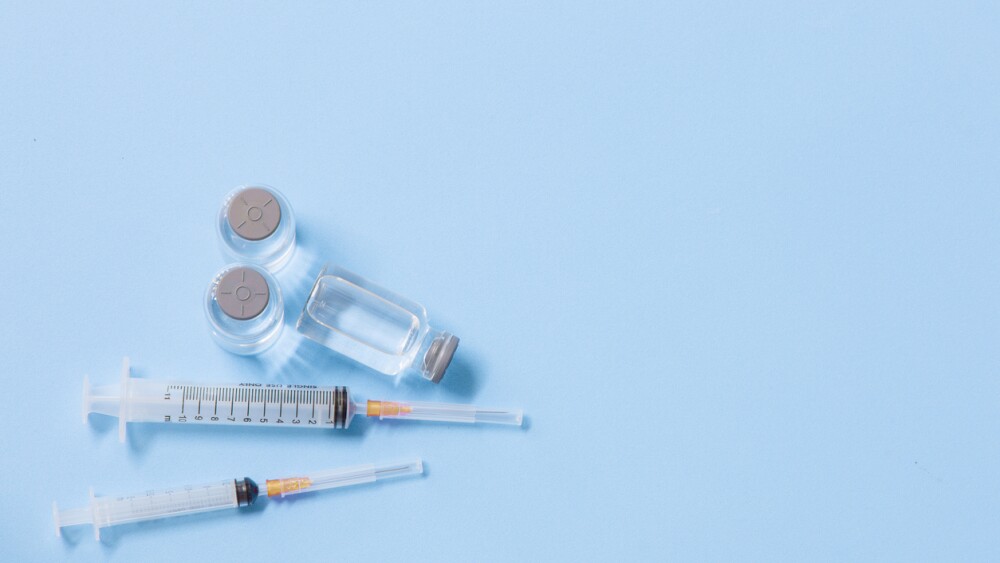The FDA has been looking for ways to increase access to naloxone, an opioid overdose reversal drug, and the new guidelines are part of that effort.
Tomas Nevesely / Shutterstock.com
Patients prescribed opioids who are deemed to be at high risk for opioid overdose could also receive a prescription for naloxone, an opioid overdose reversal drug.
On Wednesday, a joint U.S. Food and Drug Administration (FDA) committee narrowly voted in favor of language that would encourage prescribers to think of adding naloxone when prescribing opioids. The Regulatory Affairs Professionals Society reported that the 12-11 vote in favor of adding naloxone was the result of questions raised by some committee members of whether or not adding the overdose reversal drug actually addressed the opioid crisis that has gripped much of the nation. Those who supported the additional language calling for the mandatory prescription argued that co-prescribing naloxone is already a standard of care and should be added to the labeling, RAPS reported.
According to the U.S. Department of Health and Human Services, 116 Americans die daily from opioid overdoses. In October, the FDA announced that the agency was looking for ways to increase the availability of naloxone as a way to combat the crisis. Since Scott Gottlieb took over as FDA commissioner, his agency has been working to diminish the opioid crisis. The joint committee vote to add naloxone to prescribing guidelines was part of the efforts Gottlieb announced earlier this fall.
When releasing the new guidance, Adm. Brett P. Giroir, the assistant secretary for health at the Department of Health and Human Services and senior advisor for opioid policy, noted that naloxone can help save lives and should be prescribed to all patients who are at risk for opioid complications.
“Given the scope of the opioid crisis, it’s critically important that healthcare providers and patients discuss the risks of opioids and how naloxone should be used in the event of an overdose,” Giroir said in a statement on the HHS website. “We have begun to see some encouraging signs in our response to the opioid crisis, but we know that more work is required to fully reverse the decades-long epidemic. Co-prescribing naloxone when a patient is considered to be at high risk of an overdose is an essential element of our national effort to reduce overdose deaths and should be practiced widely.”
The new guidelines recommend that individuals who are prescribed relatively high doses of opioids, take medications that can enhance opioid complications or have underlying health conditions that could lead to overdose, be prescribed naloxone alongside the opioids. Adding naloxone to the prescribing requirements can better equip patients and their families in the case of an accidental (or intentional) overdose.
HHS Secretary Alex Azar said promoting the availability and distribution of overdose-reversing drugs is one of the five pillars of the department’s 2017, 5-Point Strategy to Combat the Opioids Crisis.
“This new guidance reflects our commitment to ensuring those who need overdose-reversing drugs have them and provides practical steps that clinicians, patients, and the public can take to reduce the risk of an overdose,” Azar said in a statement.





